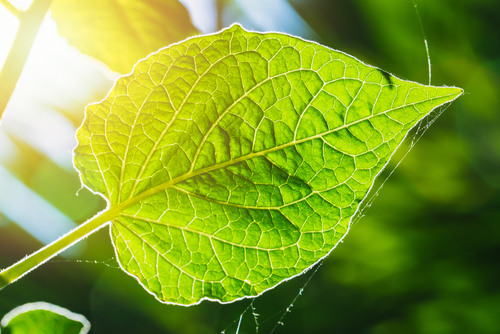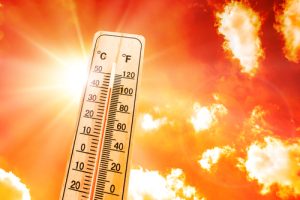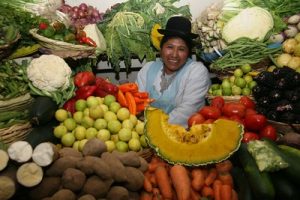
Photosynthesis is the process in which plants allow us oxygen by taking in carbon dioxide.
The process is simple in the first step, plants take in carbon dioxide from the leaves and giving out oxygen throughout the leaves. However to be able to carry out this process, plants will need all factors available to them if not if effects how quickly and how much oxygen is product throughout this consistence cycle.
The main limiting factors are Temperature, Carbon dioxide, Light and space. These 4 things play a huge part in photosynthesis.
Temperature – the highest photosynthesis output at its best happens between 10-20 degrees. this is because the enzymes within the plant are working at the perfect temperature. On the other hand, if the enzymes become to warm then the they will begin to denature which basically kills the plant as is can not survive without this process, its the same if the temperature drops to low the plant will begin to denature.
Carbon dioxide- this is important because they need it in order to give out oxygen, the more carbon dioxide taken in the more oxygen given out.
Light- Light intensity is key in photosynthesis, it allows more reparation to happen .
Space – Space is important because with more room the plant has better of every factor not enough space will cause problems and competitions with other plants around them
Word equation and symbol for photosynthesis
carbon dioxide, water and light energy produces glucose and oxygen
6CO2 + 6H2O —–> C6H12O6 + 6O2





